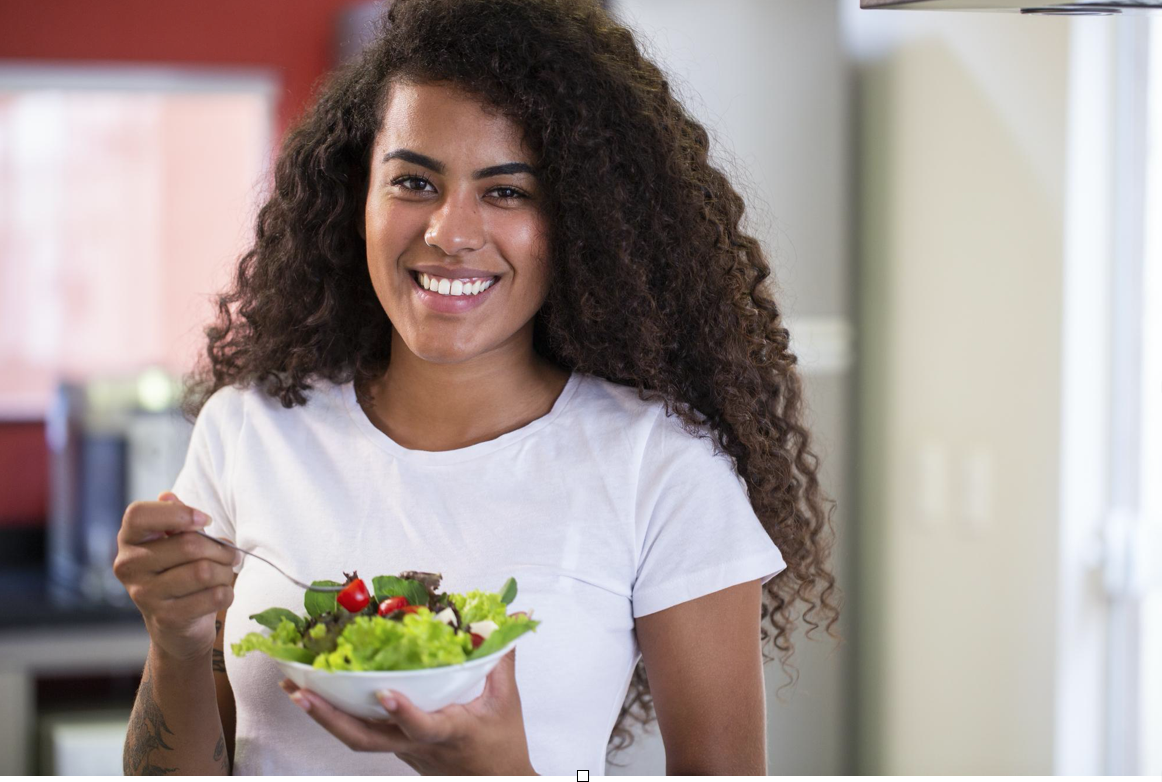


A return to healthier eating habits has been an unanticipated, yet organic byproduct of the coronavirus pandemic that America has reverted to. Cooking adventurous meals at home, lunchtime yoga, and spending time outdoors are luxuries that packed schedules and commutes previously didn't allow. More time has also made it possible for people to do more food research, cook healthier meals to increase immunity, and focus on food sourcing and quality like never before.
The coronavirus pandemic has changed America's eating habits through an unexpected chain of events that have given people time, psychological currency, and severely limited restaurant choices. This culmination of events pushed people to grocery stores and the kitchen to create home-cooked meals, much like the same circumstances of post-war America did before the fast-food era.
Supply Chain Issues Have Impacted Demand
At the beginning of the pandemic, the once normal trip to the grocery store changed, and for the first time, many who had access to regularly available grocery products experienced shortages that were primarily in the meat sector. The impact of supply chain abnormalities was no longer an unseen cog in a clock that seemed to work with little disruption. There was little to no meat available in stores, which pushed consumers to be more mindful financially, eat less meat, and seek out smaller meat producers such as local farmers' markets for fresher products. Produce was virtually uninterrupted and has continued to be widely available for consumers.
Some of the most significant supply chain obstacles that meatpacking plants faced, and really all other manufacturers had a standoff with at some point, is the agility to shift from commercial, unbranded bulk packaging for schools, businesses, restaurants, airlines, and large commercial buyers to supermarkets. Such was also the case for other items like toilet paper, milk, and other perishable products. This perfect storm has spiked food prices, and consumers are looking to save money, and eat healthier as the economy recovers.
Food as Medicine
Health is probably the most important topic of 2020, and the lessons about food and health that were primarily head knowledge are now an essential part of staying healthy and have even become a matter of survival. With the shutdown of restaurants and decreased availability of certain food products, the need for boosted immunity, and using food as medicine to fight illness has become critical.
America's relationship with food has changed for the better under COVID-19 conditions for the first time since the 1950s. The food market finally bounced back from 20-years of deprivation, rations, and sorrow brought on by the Great Depression and World War II. Thereafter, life began to accelerate quickly, and with global markets starting to emerge and airline travel turning into a way of the future, experiences became a bigger part of people's quality of life versus spending time in the kitchen.
Shutdowns, closures, stay-at-home orders, and social distancing has allowed for more time to cook, and therefore, people are eating out less. The recession is prompting many to conserve food, waste less, and eat leftovers. The World Health Organization (WHO) has compiled a set of nutritional guidelines that help to increase immunity and lower the risk of infectious diseases. Guidelines include:
The Baking Craze
Flour sales have skyrocketed 2,000 percent since the beginning of the pandemic and initially disappeared from shelves along with meat and toilet paper. Flour manufacturers are starting to catch up with the demand for flour that matches the intensity of holiday-like baking enthusiasm that has swept the nation. Baking at home has significantly increased, and this has been a brand new phenomenon for many. From bread to birthday cakes, homemade cookies, pies, and everything in between, baking has become a past time that America hasn't had time for since the rise of dual-income households and women flooding the workforce in the '70s and '80s. Baking at home during the pandemic has become more of an art form versus a gender requirement, and a general family activity or hobby.
Exercise, Eating, and COVID-19
The dramatic change in eating habits has definitely shaped the way many have spent their time sheltering-in-place. The refocused energy on health and wellness has also spurred many people to be more active (walking, running, and hiking) in an effort to maintain both physical and mental health. Exercise directly impacts our appetites, and studies have shown that physical activity doesn't always make us more hungry but can decrease appetite when certain hormone levels rise.
The magnitude or reduction of your appetite does depend on multiple factors such as your overall protein intake, type of exercise that you do, and even your hydration level going into a workout. Certain foods such as beetroot juice can help to increase stamina during high levels of physical activity. Balanced meals promote nutrition and help to fuel workouts at the same time. One of the most attractive components for increasing physical activity during the pandemic is that exercise helps to flush bacteria out of the lungs and airways. This could significantly reduce the chances of contracting the common cold, flu, or other illnesses. Exercise also supports changes in antibodies and white blood cells, which are the body's immune system cells that fight disease.
What the Future Holds
Americans are investing in food, taking time to cook, and caring for themselves and for their families with renewed energy and insight. The solidity and future of the habits that have been formed during this time of social distancing are yet to be known. In some regions, restaurants are bouncing back faster, but the rise and fall of coronavirus cases and the state of the economy play a role in the future of food in America.